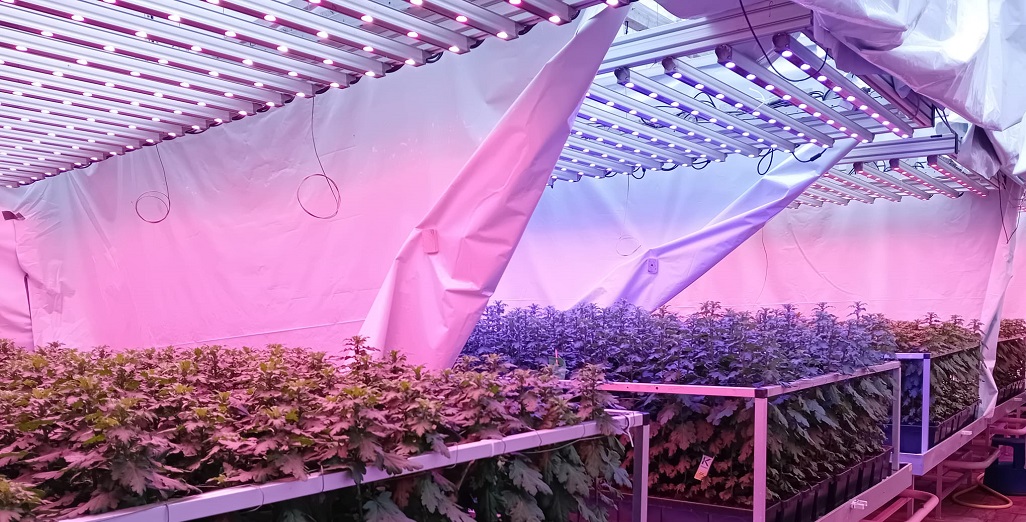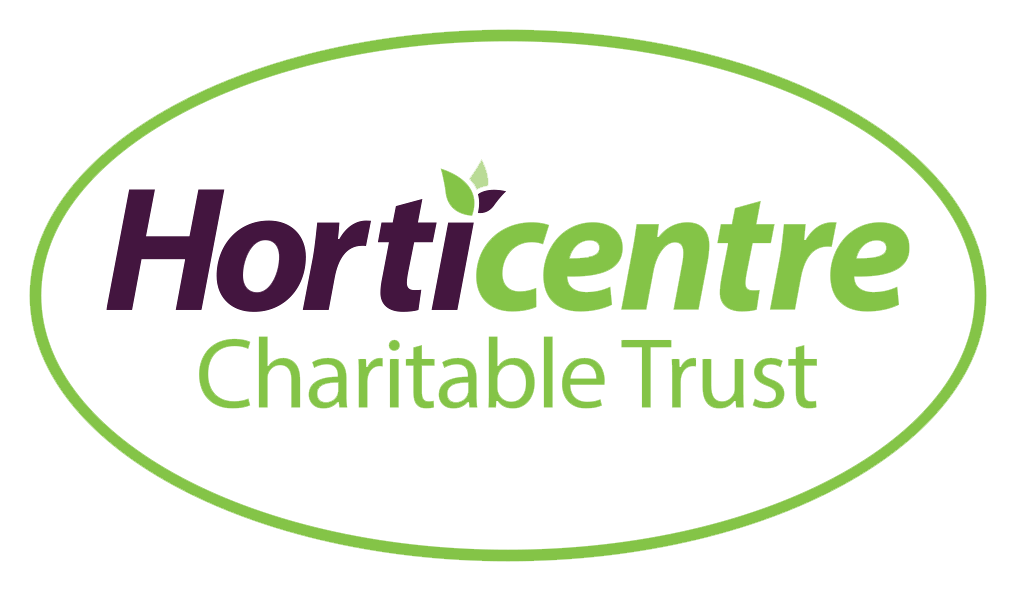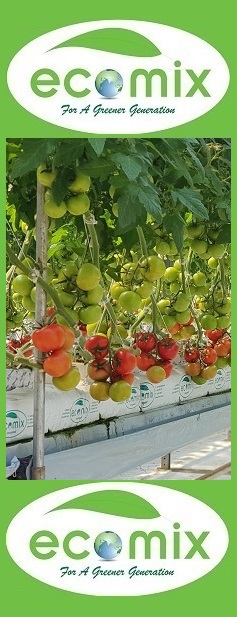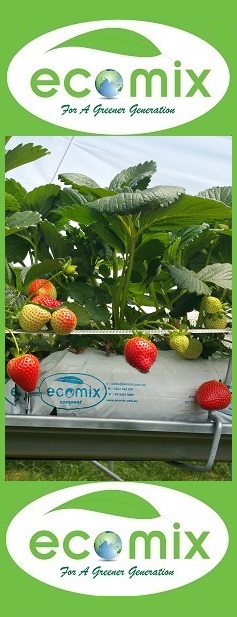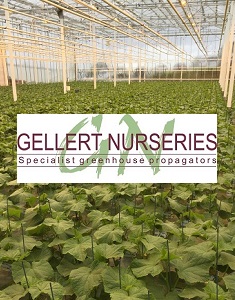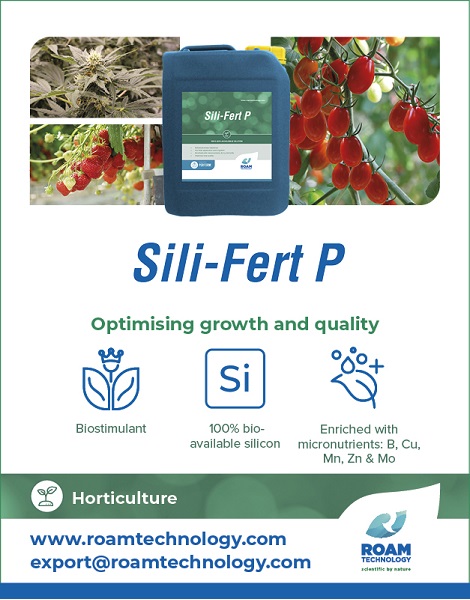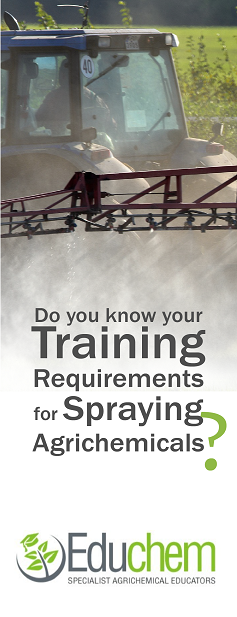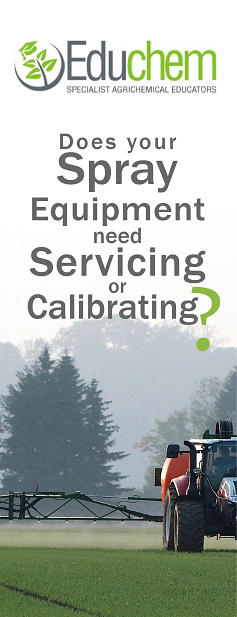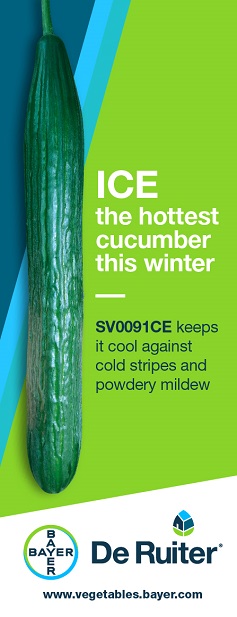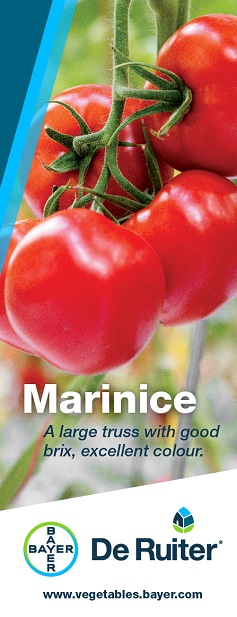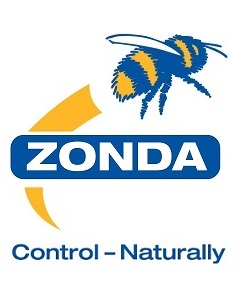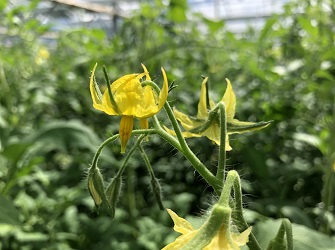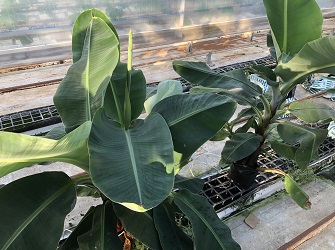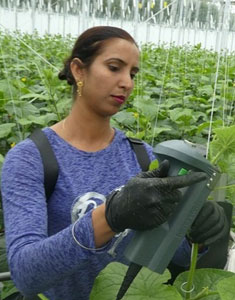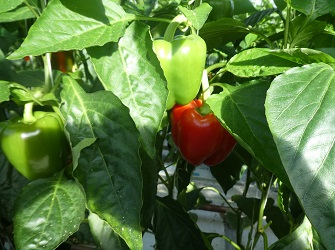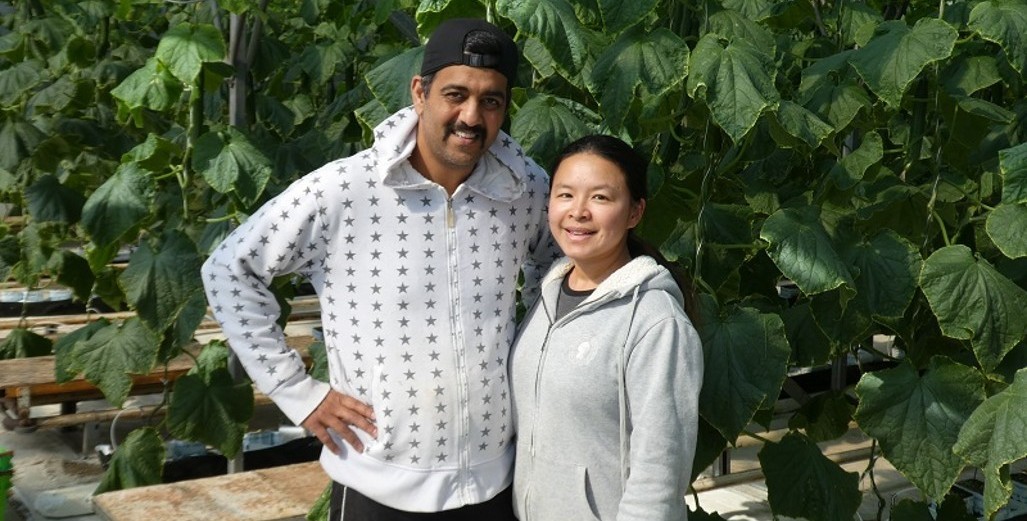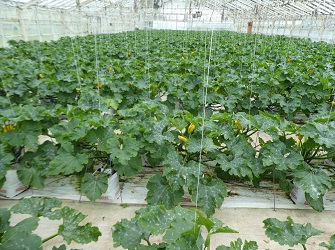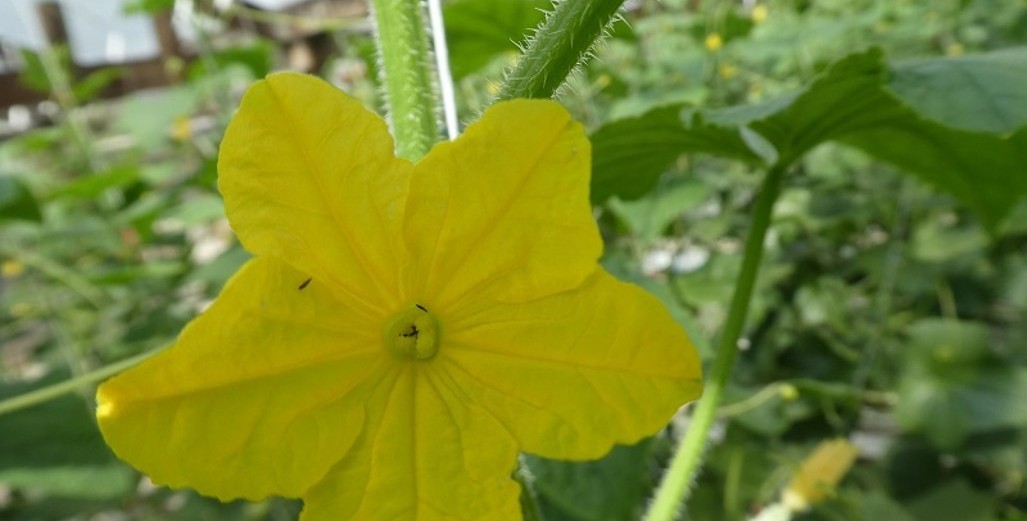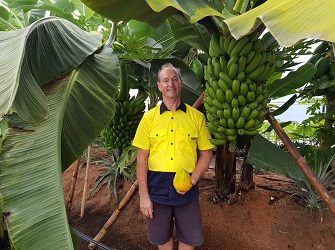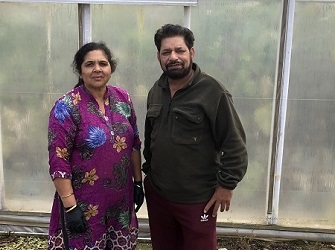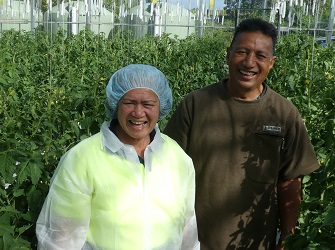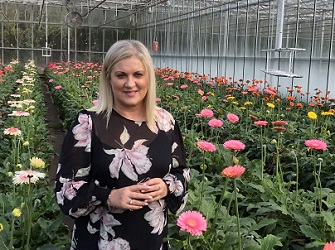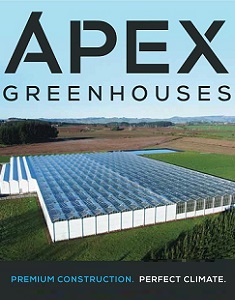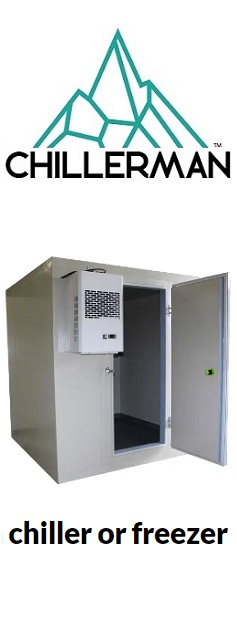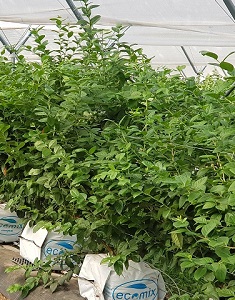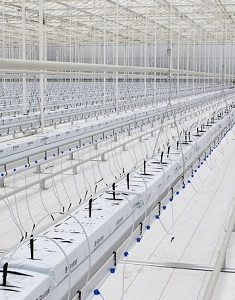Sign up here to subscribe to the Grower2grower Ezine. Every two weeks you will receive new articles, specific to the protected cropping industry, informing you of industry news and events straight to your inbox.
Jun 2023
Gray Wall on Tomatoes

Good reminder heading into Winter to calibrate your equipment
Last week a colleague and fellow advisor asked me if I had noticed any Gray Wall symptoms this year. Gray Wall is un-common as most growers fertilise correctly, however if you do not monitor and calibrate your equipment on a regular basis then you may be not applying the fertiliser the sensors are indicating. I believe the issue in the photo below is most likely from incorrect readings.
Below is a good article that discusses symptoms and prevention management for Gray Wall.
What is Tomato Gray Wall Disease?
Blotchy ripening or Gray wall on the tomato is a physiological condition developed due to environmental factors. This disease does not affect the stems or leaves of the tomato plant. The symptoms are only found in the unripe tomatoes.
The factors that may lead to the gray wall disease in tomatoes are-
- Excess nitrogen.
- Low Boron
- Deficiency of calcium & potassium.
- Reduced light period.
- Fluctuating duration of clouds and sunlight.
- Insufficient levels of soluble salts in the soil
- Lower temperatures
- Heavy soils
How Gray Wall Harm Tomato Plants?
The gray wall disease of the tomato is very complicated. It does not show any signs of infection on the leaves, stems, and roots of the plants.
The tomatoes impacted with gray wall ripen prematurely and evenly with both red and yellow areas.
The fruit do not ripen properly and “veins” of the interior of fruit develop on the inside walls of the fruit.
The fruits affected are not suitable for commercial processing. They can be even unfit for eating.
The difference that exists between Gray Wall or Blotchy Ripening or any other tomato disease is that its causative agent is unknown. It makes the identification, penetration, and dissemination, and prevention of the gray wall harder.
The gray wall of the tomato plant is a physiological disorder that can be caused by up and down in nutrient element levels or fluctuating environmental conditions.
This disorder is affected by the Tobacco Mosaic virus present in the soil and soil compaction. Short days and high humidity also influence the growth of the disease.
Hot weather, fog, clouds, and shade encourage premature ripening in tomatoes.
To continue reading this article click https://thescientificgardener.com/gray-wall-of-tomato-plant-symptoms-prevention-management (source)
Article compiled by Stefan Vogrincic
All Article’s checked and edited by Marie Vogrincic. For all media releases please send to marie@grower2grower.co.nz or upload directly: https://www.grower2grower.co.nz/article-form/
I appreciate your comments. Please feel free to comment on the grower2grower Facebook page or email: stefan@grower2grower.co.nz
https://www.facebook.com/StefanGrower2grower/
CLASSIFIED
Photo
Gallery
Subscribe to our E-Zine
More
From This Category

Ground cover: woven weed mat or solid plastic… or both?
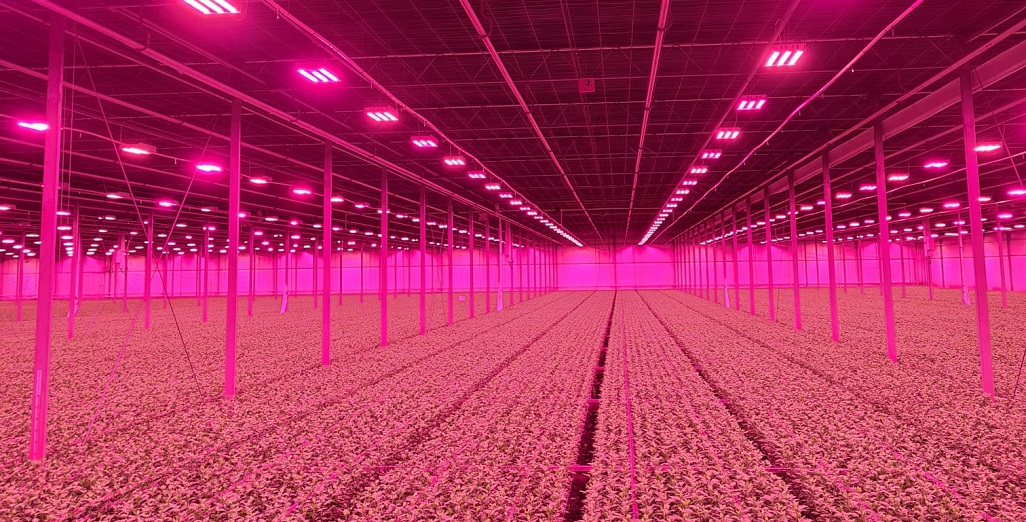
Integration of Philips GrowWise control system with climate computer allows Huisman Chrysanten to light more effectively and efficiently
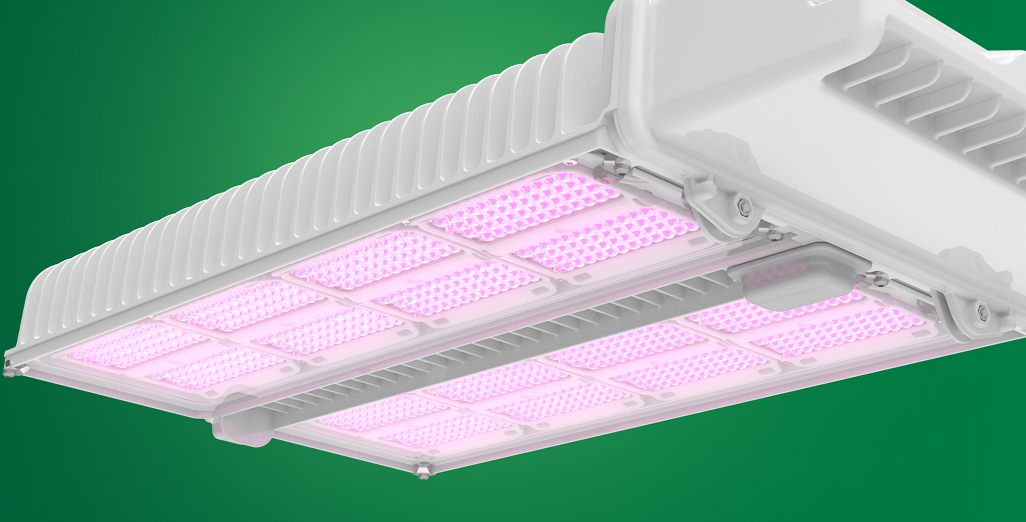
New Philips GreenPower LED toplighting force 2.0
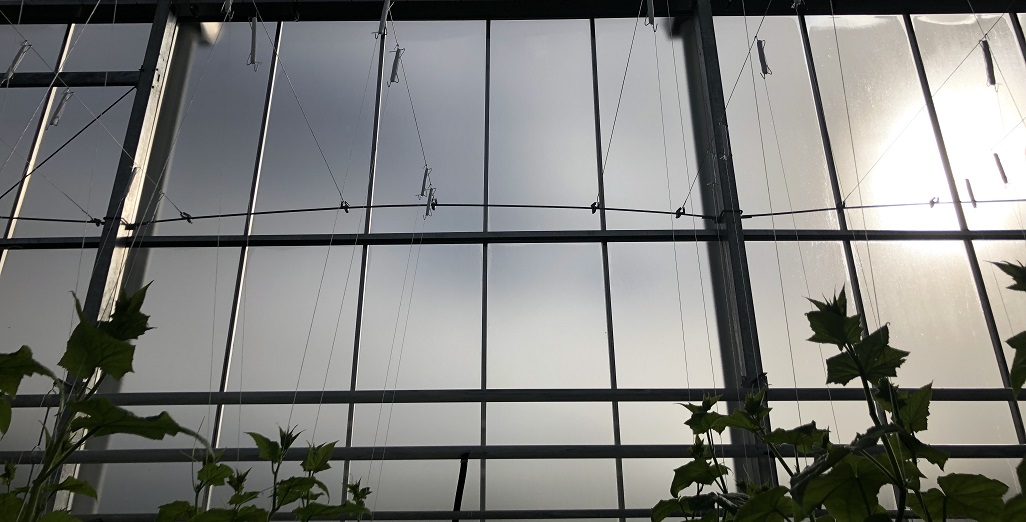
Condensation re-visited

Philips GrowWise Research Center to test and showcase intelligent lighting
